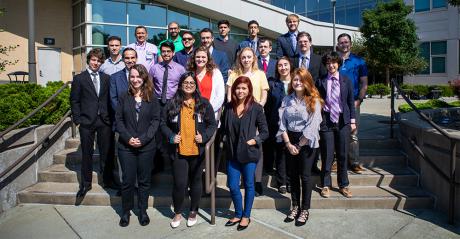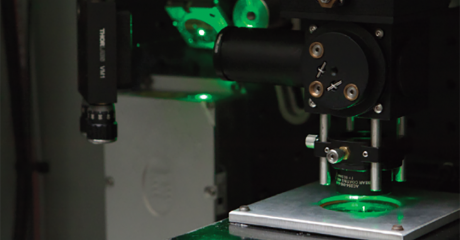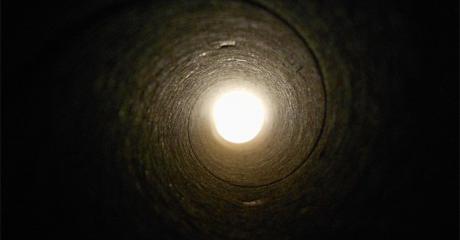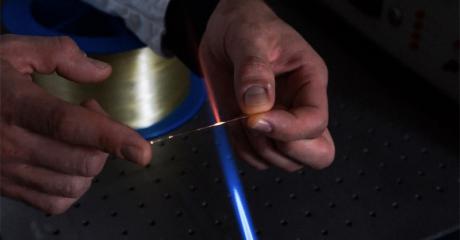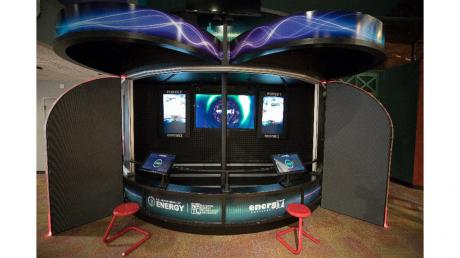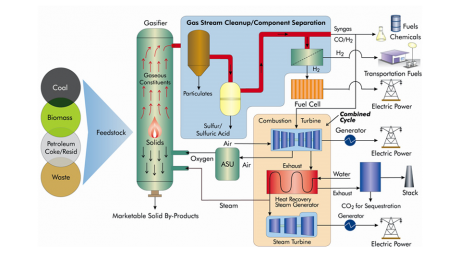NETL celebrated new and revamped facilities that expand the Lab’s robust research capabilities to develop efficient, affordable energy technology solutions at a special ceremony Friday, June 14.
NETL welcomed U.S. Senator Shelley Moore Capito, U.S. Representative David McKinley , Assistant Secretary for Fossil Energy Steven Winberg and regional media to the Lab’s Morgantown, West Virginia, site to dedicate a new Reaction Analysis and Chemical Transformation (ReACT) facility and showcase a $16.5 million upgrade to the Joule supercomputer. A representative from U.S. Senator Joe Manchin’s office also participated.
“The ReACT facility pushes the boundaries of reaction science to boost efficiency, while Joule 2.0 enhances our computational work to deliver innovative energy technologies more quickly and at a reduced cost,” NETL Director Brian J. Anderson, Ph.D., said. “Collectively, these facilities offer greater capabilities in support of NETL’s work to create technologies that enable efficient, affordable energy production from our vast domestic resources, while ensuring responsible stewardship of the environment.”
About
News and Events
Research and Programs
Carbon Management Point Source Carbon Capture Carbon Dioxide Removal Carbon Dioxide Conversion Carbon Transport & Storage Hydrogen with Carbon Management
Resource Sustainability Methane Mitigation Technologies Minerals Sustainability Natural Gas Decarbonization and Hydrogen Technologies Advanced Remediation Technologies Energy Asset Transformation
Key Lab Initiatives Advanced Alloys Signature Center (AASC) Science-based Artificial Intelligence and Machine Learning Institute (SAMI) Center for Microwave Chemistry (CMC) Center for Sustainable Fuels and Chemicals (CSFC)
Energy Technology Development Office of Energy Efficiency and Renewable Energy Battery Workforce Initiative Cybersecurity, Energy Security, and Emergency Response Office of ElectricityGrid Resilience
Business
Library
Explore our Library

Approved Categorical Exclusions Environmental Assessments Environmental Impact Statements Oil and Gas Projects Summaries NETL Fact Sheets NETL Newsletters Publication Search Energy Data Exchange (EDX) FECM External R&D Final Technical Reports Summary Information for External R&D Awards Technical Reports Series (TRS) Peer Review Reports Interagency Working Group Initial Report
- Research and Programs
- Carbon Management
- Core Competencies
- Resource Sustainability
- University Training & Research
- Key Lab Initiatives
- Energy Technology Development
- Featured Infrastructure
- Methane Emissions Reduction Program
-
- Business
- Technology Transfer
-
- Library
- Energy Analysis
-
- About
- News and Events
- Education





